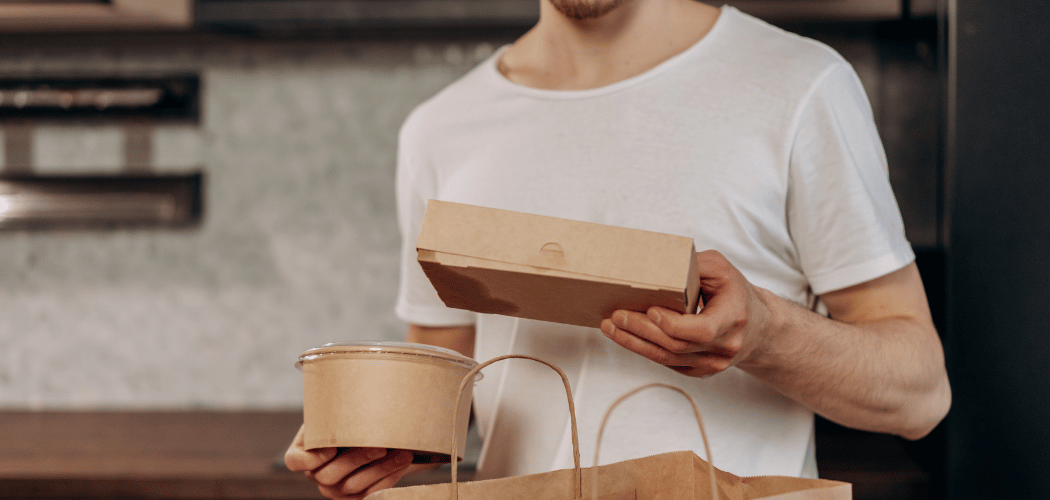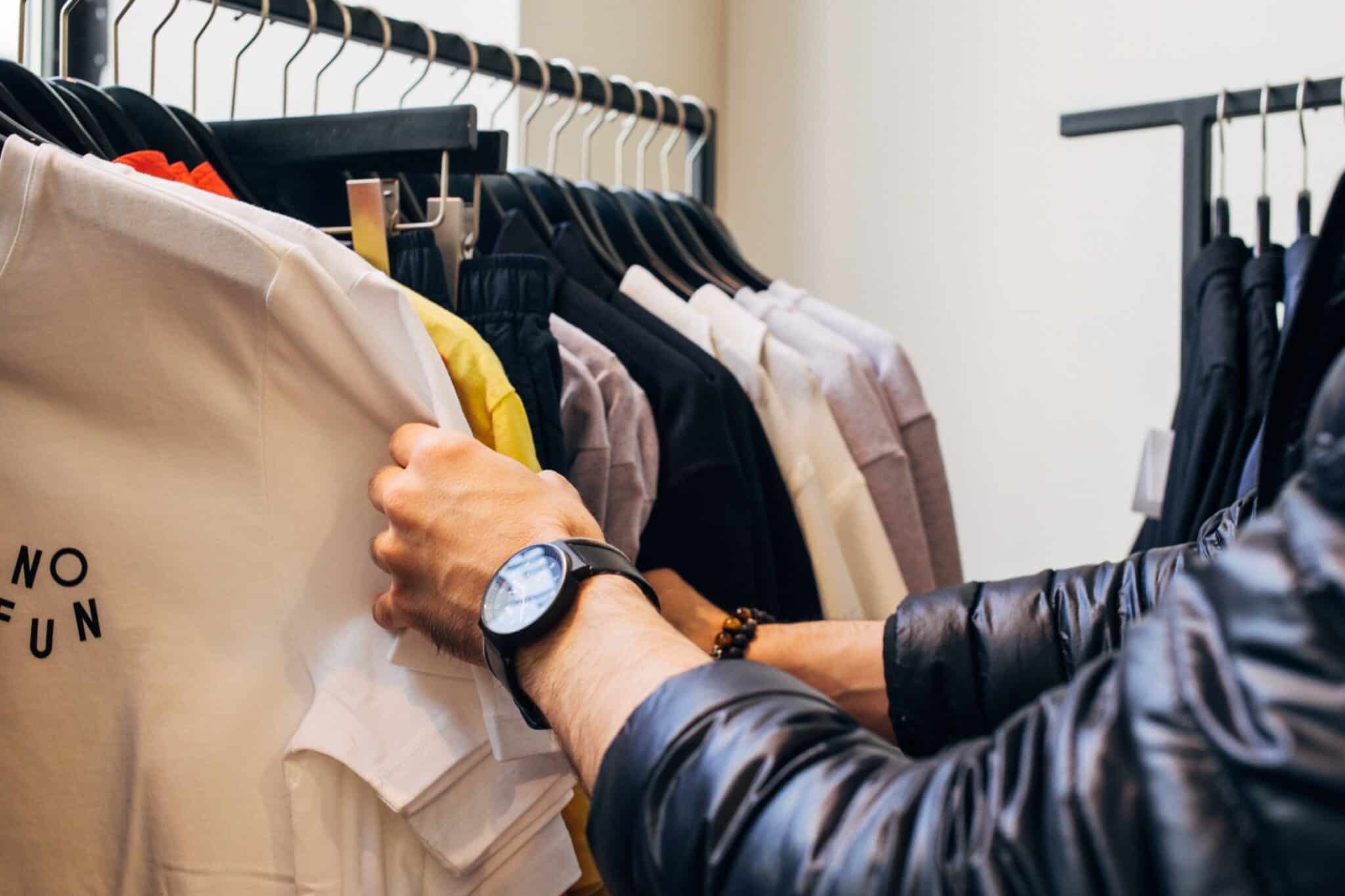A Snapshot of Post-Pandemic Trends
The ebb and flow of the restaurant business used to wash over the economy like gentle tides. An innovation here, a demographic shift there. It was all going so smoothly… until March 2020. When the pandemic tsunami hit, the face of restaurant loyalty was drastically transformed — perhaps forever.
In fact, so much has happened to restaurant loyalty since 2020 and the few years following that it almost feels like its own geological epoch. Something that could inhabit its own velvety, roped-off corridor of some museum in a distant future. But for loyalty vendors in the restaurant game, the future is now. And without a thorough understanding of the trends that influence this crucial segment, the risk of slipping beneath the surface of those murky, turbulent waters is all too real.
TREND 1: LOYALTY IS NON-NEGOTIABLE
We all recognized the importance of loyalty programs before the pandemic. And there was a definite, measurable advantage for the restaurants that adopted them. Even still, many restaurants managed to do just fine without.
Now, the picture has changed. There are too many undeniable data points that illustrate how post-pandemic customers crave the rewards, the equity, and the experience of a well-thought-out restaurant loyalty program:
- Loyalty members’ checks were 6 percent larger on average than those of non-loyalty members over the course of a year.
- For eight months of 2020, the top 10 percent of loyalty members accounted for more than half of all loyalty spend at their favorite brands.
- Loyalty users were responsible for a bigger proportion of total sales following the pandemic onset, proving loyalty guests continued to spend more often than non-loyalty guests, difficult times or not.
If your restaurant hasn’t yet established a loyalty program, now is the time to boil the broth.
TREND 2: “MARKET FRESH”
No, we’re not talking about farm-to-table cuisine. We’re talking about the uniqueness and effectiveness of the marketing and advertising tactics designed to bring your restaurant loyalty program to your customer’s table. The competitive landscape is rapidly ramping up as more and more restaurants are bringing their own programs into the spotlight: just last year, McDonald's, Burger King, Del Taco, and Popeye's launched or piloted their first programs. This means that to stand out, your own program needs double-down on a strategic suite of communications that entices customers to register. Think about factors like:
- Branding Consistency: does the program organically speak the language of your brand, capitalizing on the equity aspects that your customers already know and love?
- Omni-channel Integration: do the specific tactical executions (like banner ads, social media posts, or videos) work in a variety of media contexts and thrive harmoniously, independent of the channel?
- Data-Driven: are you using hard data to make decisions about how to target your advertising, assess how it’s performing, and act to make regular modifications to its deployment strategy?
TREND 3: CO-BRANDING TAKES THE CAKE
There’s power in partnership, and in 2022, we’re seeing the tangible effects of this philosophy pay off big time. If you’re able to secure a partner brand to participate in your program, whether by offering unique rewards or integrating a popular digital service, the resonance this creates could compel wary customers to sign up. It’s why famed fast-food spot Checkers partnered with the Tampa Bay Buccaneers in 2021 to create a promotion that sent users coupons for free burgers whenever they texted a game-win code into their phones. In fact, this trend has become so pervasive that even competitive companies are settling their scores to collaborate on the loyalty front. Take it from Red Robin, whose partnership with Donatos allows Red Robin customers to order a Donatos pizza, an item currently lacking from its own menu, enticing members of both restaurant programs.
But just because you can partner with another brand doesn’t mean you should. There needs to be intelligent synchronicity fueling the rationale behind these co-branding formats. If there is a strong, compelling narrative that generates a “reason-to-believe” in the existence of the program, that enhances the value propositions of both brands, and which unifies disparate capabilities into a single superior offering…well, that’s one spicy meatball, as the industry likes to say.




